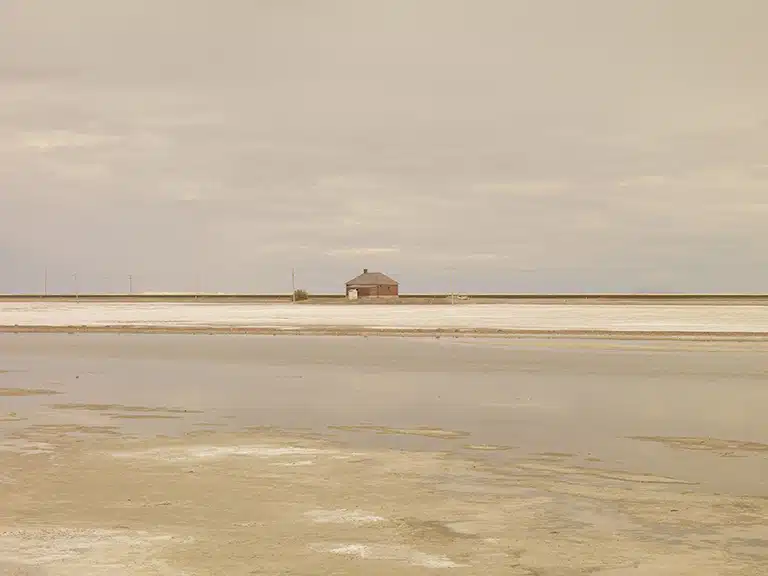From Divisionism to Futurism: Italian Art and Modernity
FEB.17.2016 ──────── JUN.05.2016

Gaetano Previati
La danza delle ore [The Dance of the Hours], 1899
Fondazione Cariplo, Gallerie d’Italia – Piazza Scala, Milan
Exhibition
FEB.17.2016 ── JUN.05.2016
Location
Recoletos Exhibition Hall
Paseo Recoletos 23, 28004 Madrid
The exhibition, organized jointly with Mart, Museo di Arte Moderna e Contemporánea di Trento e Rovereto, featured loans from numeorous private collections and international institutions, including New York’s Metropolitan Museum of Art, Milan’s Galleria d’Arte Moderna and Pinacoteca di Brera, Florence’s Galleria degli Uffizi, Rome’s Galleria Nazionale d’Arte Moderna e Contemporanea, Saint Moritz’s Segantini Museum, Paris’s Centre George Pompidou, The Hague’s Gemeentemuseum and Museu Nacional d’Art de Catalunya.
The exhibition
Divisionism was, in fact, an independent movement, distinct from other European movements. Its coexistence with symbolism in a special equilibrium, practically unique within the European panorama, gave rise to a suggestive representation of reality somewhere between what is true and what is symbolic. This new poetics laid the groundwork for the Futurist movement that broke forcefully onto the Italian art scene in 1909, becoming one of the avant-garde movements par excellence.
The exhibition was divided into five sections: Nature’s Light analyzed the Divisionism principle of decomposition of colors and its application to the landscape. The Realist Drift: Social Commitment showed the predominance of works devoted to political and social themes in the triennial exhibitions starting with the one celebrated in 1891. The Symbolist Drift: “Painting Ideas” showed how the practitioners of Divisionism were gradually moving towards an increasingly symbolist tendency. Road to Futurism contained early 20th century works in which Divisionism theories became the common language of all the painters who would evolve into Futurists. Futurism Painting: 1910-1915 features the work of artists who proclaimed, “There is no painting without Divisionism”, pointing to Divisionism principles as the point of departure of the movement.




